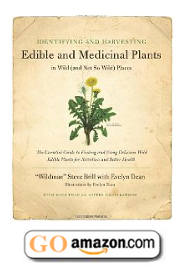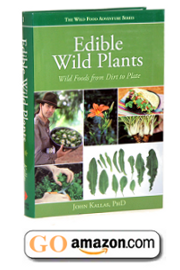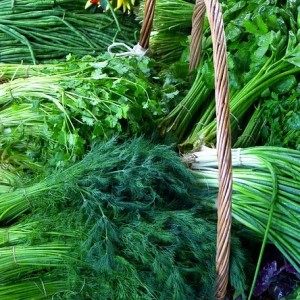Preparing a spring garden is a joy that provides exercise, access to fresh air, and delicious fresh vegetables. Taking three easy steps can produce a successful garden for anyone who wants to try it, and it is easier than it may seem to prepare a plot, plant the seeds, and nourish the crops. Even a beginner can have a garden that is a source of pride, and the vegetables that it produces are abundant, delicious, and nutritious.
Preparing a Garden Plot
A plot that is 15 feet on each side creates 225 square feet of garden space, small enough not to require an extensive amount of work and large enough to grow five different vegetables. The hardest part of starting a garden is removing the grass or weeds and turning the soil.
A small tiller is the best tool for preparing a plot, but a sharp hoe can remove the growth on top of the soil. Turning the soil with a shovel is laborious, but it is the best tool if a tiller is not available. A rake can level the soil and remove any remaining traces of weeds or grass from the garden plot. An application of fertilizer enriches the soil and prepares it to receive the seeds.
Planting the Seeds
The pleasure of putting a seed in the ground is hard to imagine. Using a finger to poke a small hole in the ground gets dirt on the hands, a sure sign that a gardener is doing the right thing. Planning for the size of a plant when it reaches maturity is necessary, and instructions on seed packets indicate the space that is needed between plants. Many plants need support to help them sustain the weight of vegetables that grow abundantly in the spring and summer sun.
Some vegetables that are easy to grow include tomatoes, yellow squash, cucumbers, okra, and green onions. Okra produces a sturdy stalk that can stand alone, and the pods are not heavy enough to require support. Green onions grow rapidly from sets that are available at garden shops, and they are a better choice than seeds that take a long time to mature. Squash, cucumber, and tomato plants each need a tall stake that can support vines that are tied to them with soft strips of cloth.
Nourishing the Crops
Vegetables have high water content, making it essential to provide a constant supply during the growing season. A misting system is simple to erect, but a sprinkler that is attached to a garden hose can keep plants wet enough. An occasional dose of fertilizer provides the nutrients that plants absorb along with water to produce plump and firm vegetables. Part of providing nourishment of crops includes monitoring the condition of each plant to remove insects. Careful inspection is usually necessary to find pests whose color matches the leaves of plants.
Keeping a Supply of Food On Hand
The abundance of vegetables that a spring garden produces provides enough to can or freeze for future use. Fresh tomatoes make excellent spaghetti sauce that freezes well, and cut okra or squash in freezer bags are tasty additions to soups or casseroles. Cucumbers and onions are best to use fresh, and neighbors welcome gifts from a garden.
If the thought of preparing a garden plot, planting seeds, nourishing plants, and finding a way to store vegetables does not appeal, there is a better alternative. Emergency food storage offers freeze dried and dehydrated fruit, vegetables, beef, and chicken in their own containers. A garden produces nutritious food, but it is time-consuming. Soils that are not naturally rich require supplements that are expensive, and some climates are not suitable for a vegetable garden. Stocking a supply of professionally prepared and packaged dairy products, fruits, vegetables, meat and proteins, grains, and ready-to-eat meals makes it easy to have nutritious meals available throughout the year.
Food Storage Picture Pixabay











